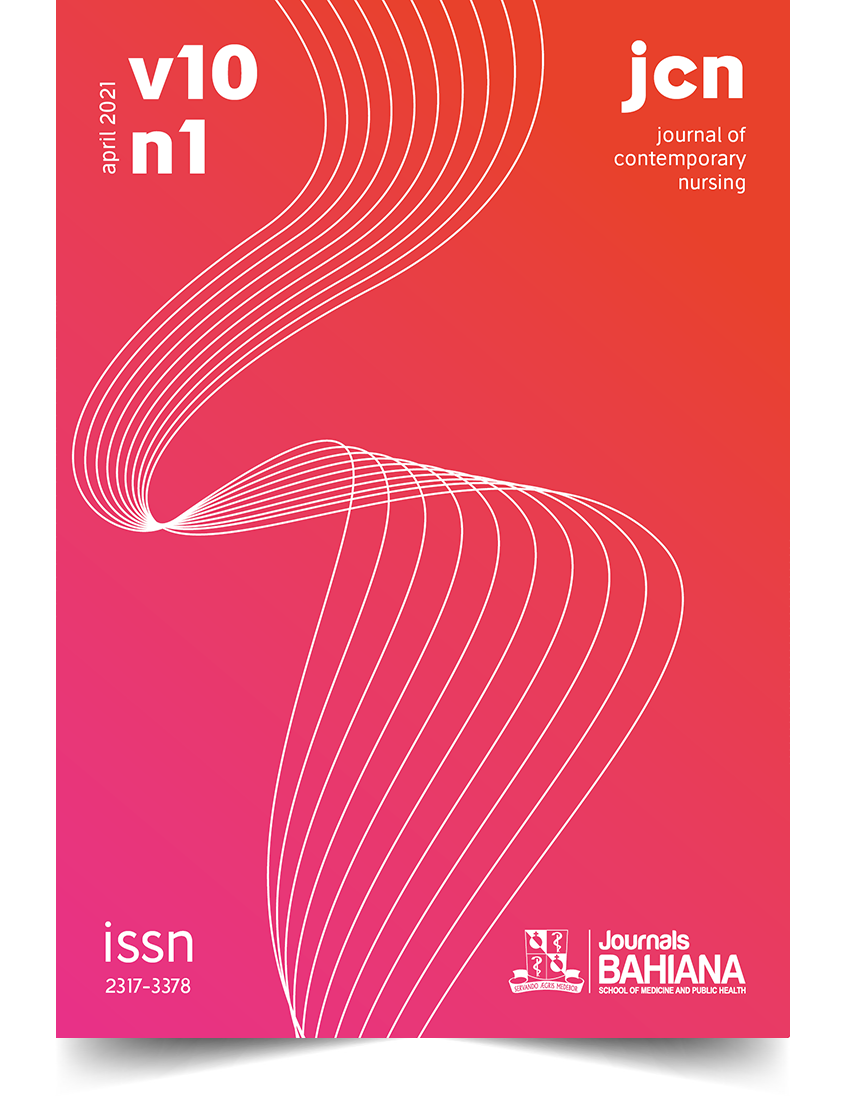Epidemiological profile of maternal mortality in Brazil from 2015 to 2019
DOI:
https://doi.org/10.17267/2317-3378rec.v10i1.3709Keywords:
Maternal mortality. Mortality. Death. Women's health. Epidemiology.Abstract
OBJECTIVE: To determine the epidemiological profile of maternal deaths in Brazil, from 2015 to 2019. METHODOLOGY: Retrospective descriptive epidemiological study with data extracted from the TABNET / DATASUS database. The variables of interest were: year of notification, region of notification, age group, color / race, education, marital status, place of occurrence and type of obstetric cause. The data were analyzed using descriptive statistics, using absolute and relative frequency. RESULTS: The regions of the Southeast and Northeast had more deaths in 2016, followed by 2015 and 2017. Regarding the age group, there was a higher frequency in the age of 30 to 39 and 40 to 49 years. There was a predominance of brown / white color / race, schooling from 4 to 7 and 8 to 11 years of study, and with marital status, single women. Most deaths occurred in the hospital and the main cause was indirect obstetrics. CONCLUSION: The data indicate that maternal mortality remains a health problem in Brazil, requiring that it reach the acceptable levels of maternal deaths established by the SDGs. Therefore, it is essential to conduct actions aimed at reducing mortality, promoting family planning and excellent prenatal care.Downloads
Download data is not yet available.
Downloads
Published
04/26/2021
Issue
Section
Original Articles
How to Cite
1.
Barreto BL. Epidemiological profile of maternal mortality in Brazil from 2015 to 2019. Rev Enf Contemp [Internet]. 2021 Apr. 26 [cited 2025 Dec. 13];10(1):127-33. Available from: https://www5.bahiana.edu.br/index.php/enfermagem/article/view/3709



